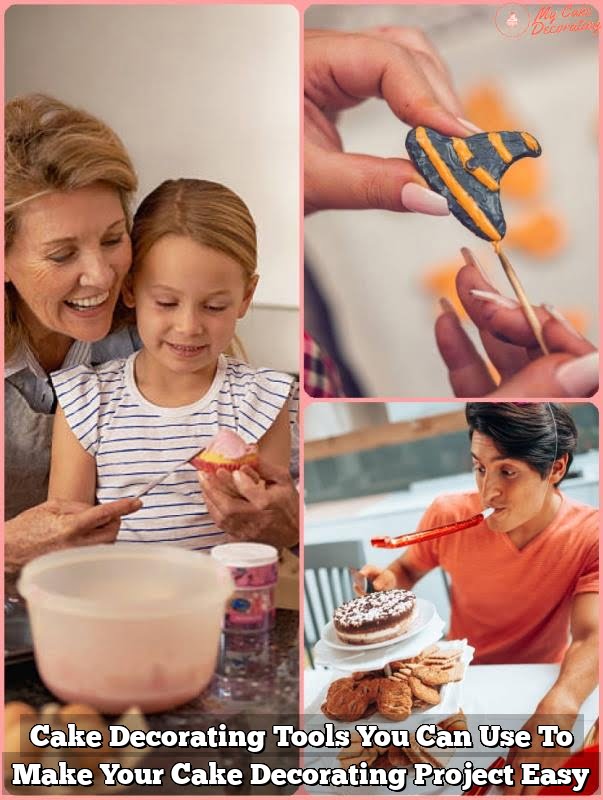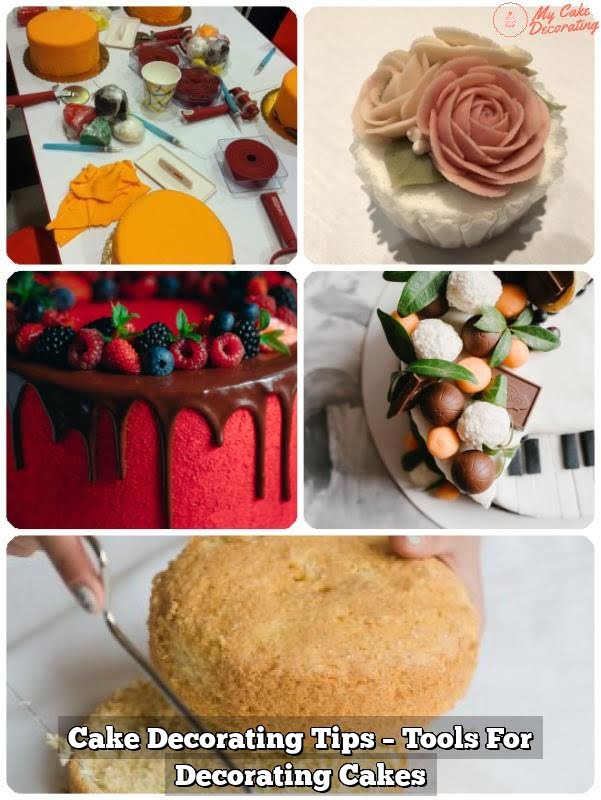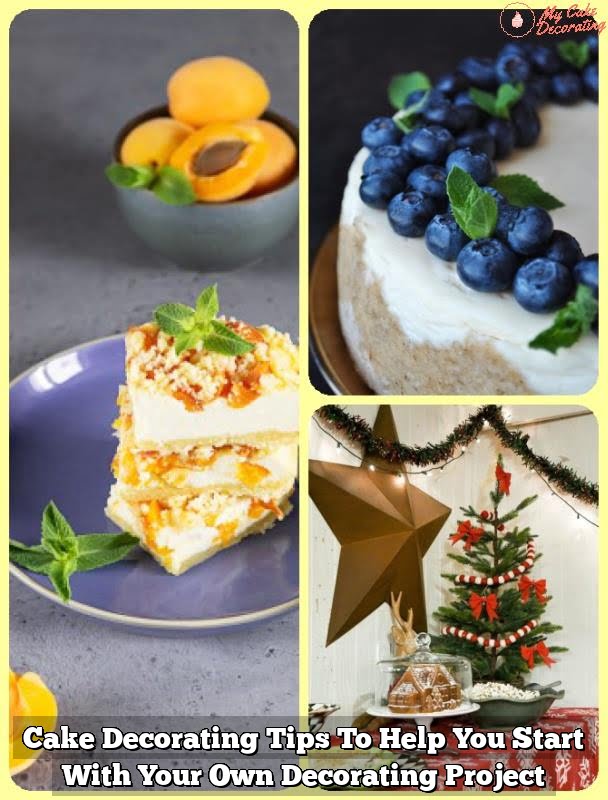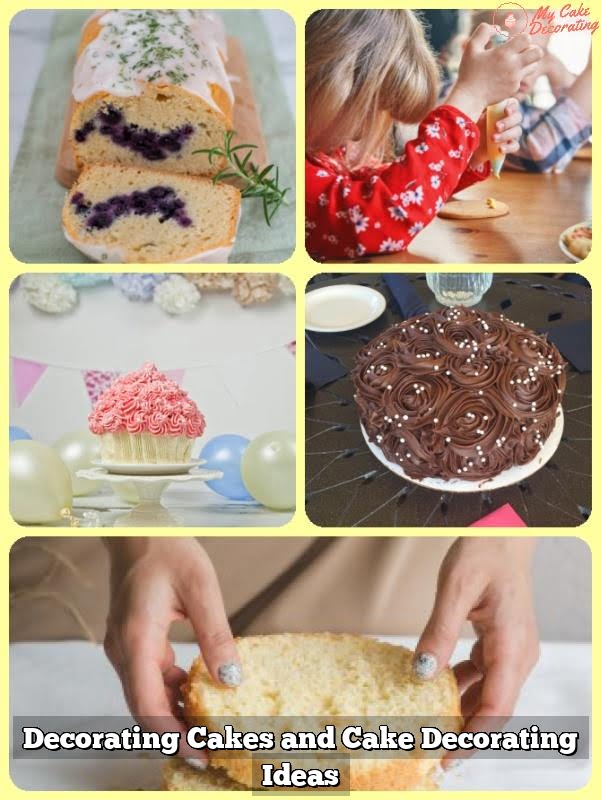Have you ever wondered how to describe cake decorating in a way that captures its true artistry and creativity? From its historical roots to the modern trends, cake decorating has evolved into a form of edible art that continues to captivate bakers and pastry enthusiasts alike. In this article, we will explore the fascinating world of cake decorating, from the essential tools and supplies to mastering intricate techniques for creating stunning designs.
The history of cake decorating is a rich tapestry that spans from ancient civilizations to the modern era. Understanding its evolution provides us with a deeper appreciation for the craft and allows us to incorporate traditional elements into our contemporary designs. Furthermore, knowing the different types of icing and frosting, as well as various techniques for writing and piping with icing, will help elevate your cake decorating skills to new heights.
Creating textured and dimensional designs on cakes requires a keen eye for detail and an understanding of fundamental principles. With a step-by-step guide, we will delve into how you can add texture and depth to your creations, exploring techniques that will bring your visions to life.
Whether you’re aiming to sculpt a masterpiece or create intricate floral designs, we will provide tips and tricks for achieving professional-quality results in your cake decorations. Let’s embark on this journey together as we embrace creativity and innovation in the art of cake decorating.
The History of Cake Decorating
Cake decorating has a rich and fascinating history that stretches back to ancient times. The art of decorating cakes can be traced all the way back to the ancient Egyptians, who would use honey as a sweetener and edible flowers to adorn their baked goods. As time progressed, different regions around the world began developing their own unique techniques and styles for decorating cakes, leading to a wide variety of cultural influences in cake decoration.
During the Renaissance period in Europe, intricate cake designs became a symbol of wealth and status, with elaborate sugar sculptures adorning the tables of royalty and nobility. In the 18th century, Marie Antoinette’s love for opulent cake decorations led to the creation of extravagant confections that were as much works of art as they were delicious treats.
As we look towards modern trends in cake decorating, it is clear that this art form continues to evolve and adapt. With the rise of social media and platforms like Pinterest and Instagram, there has been a surge in interest in creative and artistic cake designs.
From minimalist buttercream designs to elaborate fondant creations, cake decorators continue to push the boundaries of what is possible in this timeless art form. The history of cake decorating is an ever-evolving story, with each generation adding its own unique chapter to this delightful tradition.
Essential Tools and Supplies for Cake Decorating
Cake decorating is not just about artistic skills, but also about having the right tools and supplies to bring your designs to life. Whether you are a professional baker or just a hobbyist, having the essential tools for cake decorating is crucial. Here are some of the must-have tools and supplies for cake decorating:
- Piping bags and tips: These are essential for creating intricate designs and writing on cakes.
- Offset spatula: This tool is perfect for spreading frosting and smoothing out edges on your cakes.
- Turntable: A rotating turntable makes it easier to decorate cakes evenly and smoothly.
- Fondant or gum paste tools: If you plan on working with fondant or gum paste, investing in tools like rolling pins, cutters, and shaping tools is necessary.
- Food coloring: Having a variety of food colors allows you to create vibrant and customized hues for your icing and decorations.
In addition to these basic tools, there are also specific supplies that are essential for certain techniques. For example, if you plan on sculpting 3D decorations, you will need modeling chocolate or flower wires. Understanding the different uses of each tool and supply is crucial in becoming proficient in cake decorating.
Lastly, investing in quality equipment may be more expensive initially, but it can save time and frustration in the long run. High-quality baking pans, parchment paper, pastry brushes, and other basic baking supplies are also important to have on hand when decorating cakes. With the right combination of tools and supplies, anyone can elevate their cake decorating skills to the next level.
Understanding Different Types of Icing and Frosting
Buttercream
One of the most commonly used types of icing and frosting in cake decorating is buttercream. This smooth and creamy icing is perfect for creating beautiful swirls and textured designs on cakes. It is made from butter, powdered sugar, and flavorings, and can be easily colored to create vibrant decorations. Buttercream is versatile and can be used for filling, crumb coating, and piping intricate details.
Fondant
Fondant is a type of icing that creates a smooth and sleek finish on cakes. It is made from sugar, water, and glycerin, giving it a pliable texture that can be rolled out into thin sheets for covering cakes or molded into various shapes for decorations. Fondant provides a clean canvas for intricate designs and allows for precise detailing. It also has the advantage of being able to hold up well in different weather conditions.
Ganache
Ganache is a rich mixture of chocolate and cream that can be used as both an icing and filling for cakes. It provides a glossy finish when set, making it ideal for creating sleek and modern cake designs. Ganache can also be flavored with different extracts or liqueurs to add depth to the overall flavor profile of the cake. It sets firm but still remains soft enough to cut through without any trouble.
Understanding the different types of icing and frosting is essential in cake decorating as it allows decorators to choose the best option for their specific design needs. Each type has its unique properties that cater to different styles of cake decorating, making it important for decorators to master the techniques associated with each one.
Step-by-Step Guide on How to Add Texture and Depth to Your Cake Designs
When it comes to cake decorating, adding texture and depth to your designs can take your creations to the next level. There are various techniques and methods that can be used to achieve this, and in this section, we will explore a step-by-step guide on how to add texture and depth to your cake designs.
Choosing the Right Tools
Before you begin adding texture and depth to your cake designs, it’s important to have the right tools at your disposal. Some essential tools for creating texture include offset spatulas, textured rolling pins, stencils, and impression mats. These tools will help you create intricate designs and patterns on the surface of your cake.
Creating Dimension With Fondant or Frosting
One popular method for adding texture and depth to cakes is by using fondant or frosting. You can create realistic textures such as wood grain, marble, or even stone by using different colors of fondant or frosting and layering them onto the cake. Additionally, you can use sculpting tools to create three-dimensional shapes and accents that add depth to your design.
Using Edible Decorations
Another way to add texture and depth to your cake designs is by using edible decorations such as sugar flowers, edible pearls or beads, or edible metallic finishes. These decorations can be strategically placed on the surface of the cake to create visual interest and dimension.
By following these steps and incorporating different techniques for adding texture and depth, you can elevate your cake decorating skills and create visually stunning designs that are sure to impress. Whether you’re working with fondant, frosting, or edible decorations, the key is to experiment with different methods until you find what works best for your desired design.
Exploring Various Techniques for Writing and Piping With Icing
Cake decorating is an art form that allows for a wide range of expression and creativity. One of the key aspects of cake decorating is mastering the various techniques for writing and piping with icing. Whether you’re adding a personalized message to a cake or creating intricate designs, understanding these techniques is essential for any aspiring cake decorator.
Some of the most common techniques for writing and piping with icing include:
- Writing with a Piping Bag: Using a piping bag fitted with a small round tip, you can write messages or create delicate designs on your cake.
- Flooding: This technique involves outlining a design with icing and then filling it in to create a smooth, seamless look.
- Royal Icing Detailing: Royal icing is often used for intricate detailing such as lace designs or delicate flowers due to its ability to harden quickly and hold its shape.
It’s important to practice these techniques to achieve precision and control when working with icing. As you explore various writing and piping techniques, don’t be afraid to experiment with different tips and icing consistencies to achieve the desired effect on your cakes.
In addition to mastering the technical aspects of writing and piping with icing, it’s also important to consider color selection and placement. Understanding how different colors work together and how they can enhance your designs will take your cake decorating skills to the next level. With practice and patience, you’ll be able to create beautifully decorated cakes that are sure to impress.
Tips for Creating Intricate Floral and Geometric Designs
Floral and geometric designs are popular choices for cake decorating, adding an elegant and artistic touch to any confection. Creating intricate floral designs involves using a wide range of tools and techniques, such as piping flowers with buttercream or royal icing, using fondant cutters to create detailed petals and leaves, and utilizing edible food colors to enhance the visual appeal of the floral elements.
Geometric designs, on the other hand, focus on clean lines, patterns, and shapes to achieve a modern and minimalist aesthetic. This often involves precision in measuring and cutting fondant or gum paste to create perfect geometric shapes like squares, circles, triangles, or even more complex shapes like hexagons and diamonds.
When creating intricate floral designs, it is essential to have a good understanding of different types of flowers and foliage in order to accurately replicate them with frosting or fondant. Different flowers have different petal shapes and arrangements which can be emulated with varying degrees of difficulty. For those new to cake decorating, it may be helpful to start by practicing simpler flowers such as daisies or roses before progressing towards more complex floral designs.
For those interested in mastering geometric designs for cake decorating, precision is key. This often involves using rulers or templates to ensure that the angles and proportions are exact. In addition, experimenting with different textures within the geometric shapes such as metallic finishes or marbled effects can add depth and interest to the overall design.
| Floral Designs | Geometric Designs |
|---|---|
| Piping flowers with buttercream | Precision in measuring and cutting fondant or gum paste |
| Using fondant cutters for detailed petals | Using rulers/templates for accurate angles/proportions |
| Utilizing edible food colors for visual appeal | Experimenting with different textures (metallic finishes/marbled effects) |
Mastering the Art of Cake Sculpting and 3D Decorations
Cake sculpting and 3D decorations are advanced techniques that take cake decorating to the next level. Creating 3D designs allows for more creativity and innovation in cake decorating, turning ordinary cakes into extraordinary works of art. From creating realistic flower petals to sculpting intricate figures, mastering the art of cake sculpting and 3D decorations requires patience, precision, and a steady hand.
When it comes to cake sculpting, having the right tools is essential. Sculpting tools such as modeling chocolate, fondant, gum paste, and edible paints are commonly used to create intricate designs and shapes. These tools allow decorators to bring their imagination to life by adding dimension and depth to their cakes. Whether it’s shaping a unicorn or replicating a favorite landmark, cake sculpting offers endless possibilities for customization and personalization.
In addition to traditional cake sculpting techniques, 3D decorations can also be created using edible printing technology. The use of 3D printers in cake decorating has revolutionized the industry, allowing decorators to produce highly detailed designs with precision and accuracy.
Edible printers can be used to create custom edible images that can be applied directly onto cakes, adding a unique touch that sets them apart from traditional decoration methods. As technology continues to advance, the possibilities for creating stunning 3D decorations on cakes are virtually limitless.
How to Perfectly Plate and Display Your Decorated Cake
Plating and displaying your decorated cake is the final step in the cake decorating process, and it is an important one. The presentation of the cake can make a significant difference in how it is perceived and enjoyed by others. There are several ways to ensure that your decorated cake looks as good on the outside as it tastes on the inside.
One essential aspect of plating and displaying a decorated cake is choosing the right serving platter or cake stand. The size, shape, and design of the platter or stand should complement the overall look of the cake. For example, a tiered cake would look best on a multi-tiered cake stand, while a single-layer cake might be better suited for a decorative ceramic plate.
Another consideration for presenting your decorated cake is adding garnishes or accompaniments that enhance its appearance. Fresh flowers, berries, or edible glitter can add an extra pop of color and visual interest to the cake. Additionally, consider incorporating elements such as chocolate curls, piped frosting designs, or edible figurines to further enhance the theme or aesthetic of the cake.
Finally, when placing your decorated cake on its serving platter or stand, be sure to do so with care and precision. Use a spatula or offset spatula to carefully transfer the cake from its decorating surface to its display platter in order to avoid smudging any decorations or ruining the smooth icing finish.
| Aspect | Description |
|---|---|
| Serving Platter/Cake Stand | Essential for complementing the look of the cake |
| Garnishes/Accompaniments | Add extra visual interest and color to the presentation |
| Transferring Cake | Use a spatula for careful transfer to avoid smudging decorations |
Conclusion
In conclusion, cake decorating is truly an art form that has evolved over centuries, from the ancient civilizations to modern trends. The history of cake decorating shows the ingenuity and creativity of bakers and confectioners throughout the ages, constantly innovating and pushing the boundaries of what can be achieved with sugar, flour, and imagination. The essential tools and supplies for cake decorating have also advanced, allowing for more intricate and detailed designs to be created.
As we have explored in this article, understanding different types of icing and frosting is crucial to achieving the desired look for your cakes. Whether it’s buttercream, fondant, or royal icing, each type has its unique properties that can be utilized to add texture and depth to your cake designs.
Additionally, mastering various techniques for writing and piping with icing opens up a world of possibilities for creating stunning decorations. From delicate floral patterns to precise geometric designs, there are endless opportunities for creativity.
Finally, embracing creativity and innovation in cake decorating means continuously seeking out new inspiration and challenging oneself to try new techniques. By being open to experimenting with different styles and approaches, you can elevate your cake decorating skills to new heights. Remember that the only limit in cake decorating is your imagination – so don’t be afraid to think outside the box and create something truly unique.
Frequently Asked Questions
How Would You Describe a Good Looking Cake?
A good looking cake is visually appealing, with smooth and even frosting, vibrant and neatly arranged toppings, and symmetrical layers. The colors should be well-balanced and the overall presentation should be attractive.
How Do You Compliment a Good Looking Cake?
To compliment a good looking cake, you can use descriptive adjectives like beautiful, stunning, exquisite, or impressive. You can also acknowledge the effort put into making the cake by saying something like “You did an amazing job with this cake” or “This cake looks absolutely beautiful.”
How Do You Write a Cake Description?
When writing a cake description, it’s important to be detailed about the visual aspects such as the color, design, shape, and decorations of the cake. Mention any unique or special features that make it stand out.
Also include information about the flavor, texture, and any special ingredients used in its creation to give potential customers a clear idea of what to expect.

Welcome to my blog about home and family. This blog is a place where I will share my thoughts, ideas, and experiences related to these important topics. I am a stay-at-home mom with two young children. I hope you enjoy reading it! and may find some helpful tips and ideas that will make your home and family life even better!





